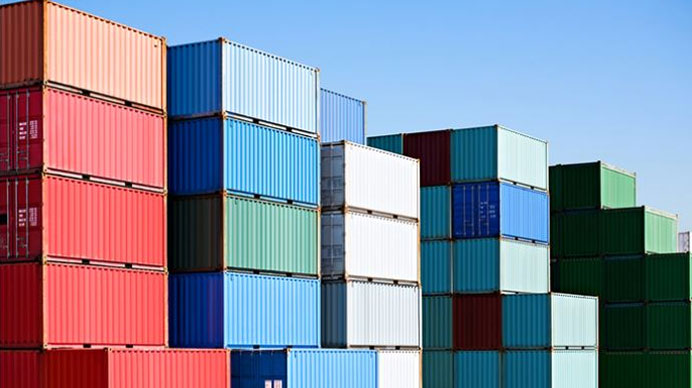In a letter to California Governor Gavin Newsom, International Longshore and Warehouse Union (ILWU) president Willie Adams cited the pandemic and the US-China trade war as reason why terminal automation would hurt the ports, its workers, and surrounding communities.
The letter was directly addressing the union’s opposition to government funding of automation to implement the Clean Air Action Plan, which calls for zero-emission cargo handling equipment to be installed at Southern California ports by 2030. However, it also compounds worries that have been mounting for over a year that the issue of allowing West Coast terminals to install labor-saving cargo handling equipment could be the issue that leads to disruption on the docks ahead of the expiration of the agreement on July 1, 2022.
Although three terminals have taken advantage of their ability to automate, to the extent other terminals at the ports of Los Angeles and Long Beach have plans to automate — some plans are in the works — further protests by ILWU members would only reinforce the disconnect between the contract the union signed and how it acts in reality, heightening the potential for serious disruption during the 2022 negotiations.
A Call for Peace to Prevent Further Market Share Loss
The market share loss has become too big for ports to ignore. The eastbound trans-Pacific, the largest US trade lane, accounts for the largest share of container volume at West Coast ports. The West Coast’s share of US imports from Asia has declined by 16.9 percentage points in the past 15 years. During this time, the East Coast’s market share increased to 34 percent from 21.4 percent, and the Gulf Coast’s share increased to 3.8 percent from just 0.68 percent. Data shows that while volumes moved through the West Coast typically bounce back after instances of labor disruption, the long-term shift of volumes to Canada West Coast and East and Gulf coast ports, which have little history of labor disruption, has continued unabated.
Although the issue of market share loss was downplayed for many years on the West Coast, port officials led by Port of Los Angeles executive director Gene Seroka have been increasingly vocal about the need to stem the market share loss given the importance of the ports and the cargo they generate to the economy. Seroka early this year convened a competitiveness council and has been actively seeking to bring all parties together to collaboratively discuss solutions to challenges being faced on the US West Coast.
Given the potential for conflict around automation, waterfront leaders are pleading with longshore labor and management to avoid allowing disagreements to disrupt cargo flow during the next contract negotiation.
Source: JOC



